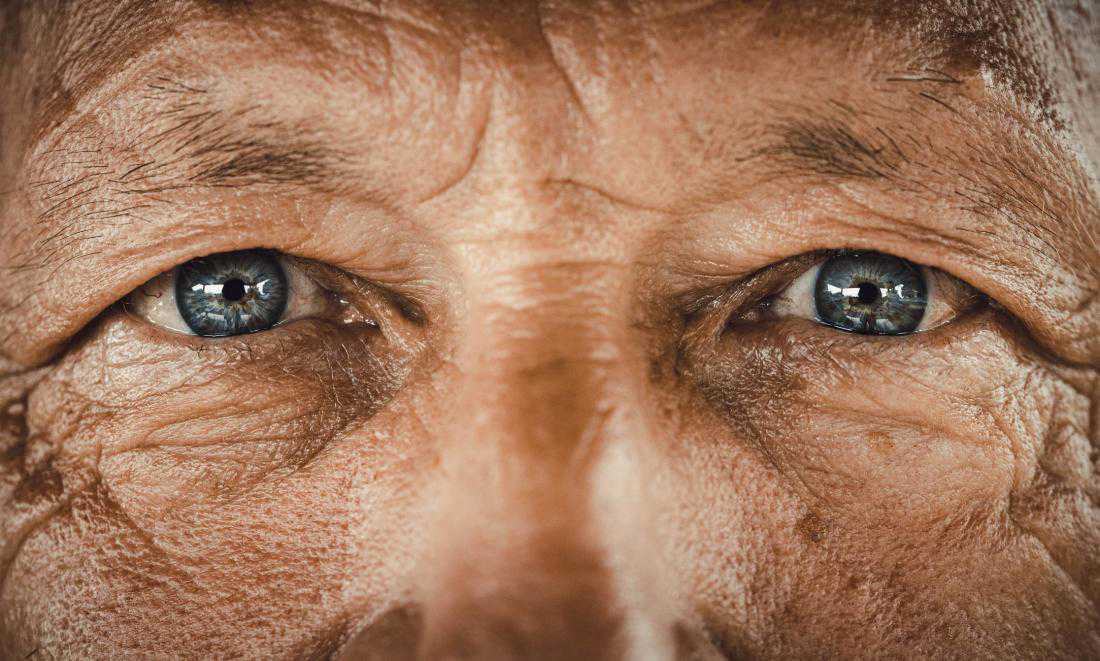Could the eyes predict cardiovascular risk?
11 November, 2019

Doctors consider a variety of factors to determine a person's risk of experiencing cardiovascular events, including age, smoking history, and blood pressure. But changes to the blood vessels in the back of the eye may make for a more accurate prediction.
Doctors consider a variety of factors to determine a person's risk of experiencing cardiovascular events, including age, smoking history, and blood pressure. But changes to the blood vessels in the back of the eye may make for a more accurate prediction.
New research suggests that eyes may hold the key to cardiovascular health.
They say that the eyes are the window to the soul. But, according to a team of researchers, they may also be the window to the heart.
Previous research has identified a link between changes in the eye and hypertension in adults, and similar retinal changes and high blood pressure in children.
"The data that we have is very clear that at a very early age, in children 6 to 8 years old who are otherwise healthy, you can already see vascular alterations due to blood pressure levels that are on the high end of normal," says Dr. Henner Hanssen, professor of preventive sports medicine and systems physiology at the University of Basel, Switzerland.
"We don't know if this predicts worse outcomes when they become adults, but we have seen similar alterations in adults that are predictive of cardiovascular mortality and morbidity," he continues.
Millions of blood vessel measurements
This study is the largest to look at the relationship between the eye and cardiovascular diseases and has produced the most dependable measurements. It appears in the American Heart Association's Hypertension journal.
The study found that small blood vessels at the rear of the eye were affected by artery stiffness and increased blood pressure.
As lead author professor Alicia Rudnicka from London's St. George's University in the United Kingdom explains: "If what's happening in the rest of the body is reflected in what's happening at the back of the eye, what we see there could be a flag, taking retinal morphology assessment from being just a research tool to incorporating it into clinical practice."
Almost 55,000 elderly or middle-aged people from the UK Biobank study formed the data set for the new research, and in total, the team had access to 3.5 million blood vessel sections.
An automated program examined digital images of each participants' retinal blood vessels, providing the team with measurements relating to blood vessel diameter and curvature.
The retinal link to heart disease
Analysis of these found that greater curvature of the retinal arteries equated to higher pulse pressure, higher average artery pressure during a heartbeat, and higher systolic blood pressure, which is the pressure that occurs when the heart contracts.
This was not the only finding. The team also noticed a relationship between greater stiffness in artery walls, higher mean arterial pressure, and narrowing of the retinal blood vessels.
None of these retinal effects impact a person's vision, but they "could potentially tell us very quickly whether you are on the road to cardiovascular disease," according to Prof. Rudnicka.
"What we have now is one piece of the puzzle," she adds.
